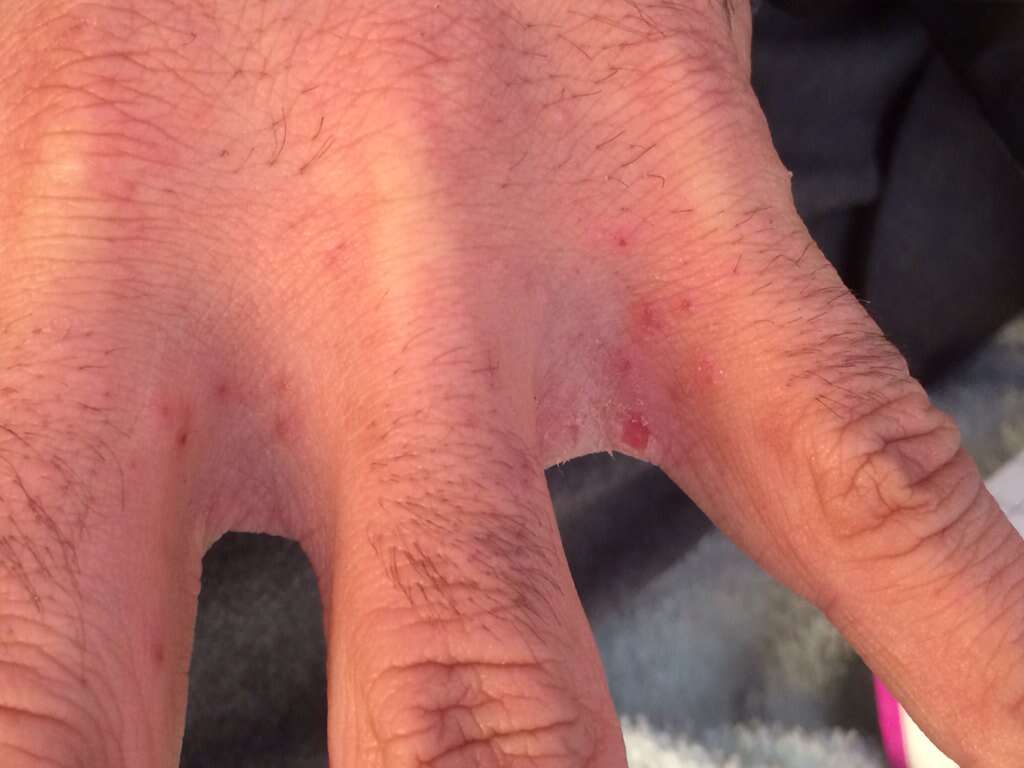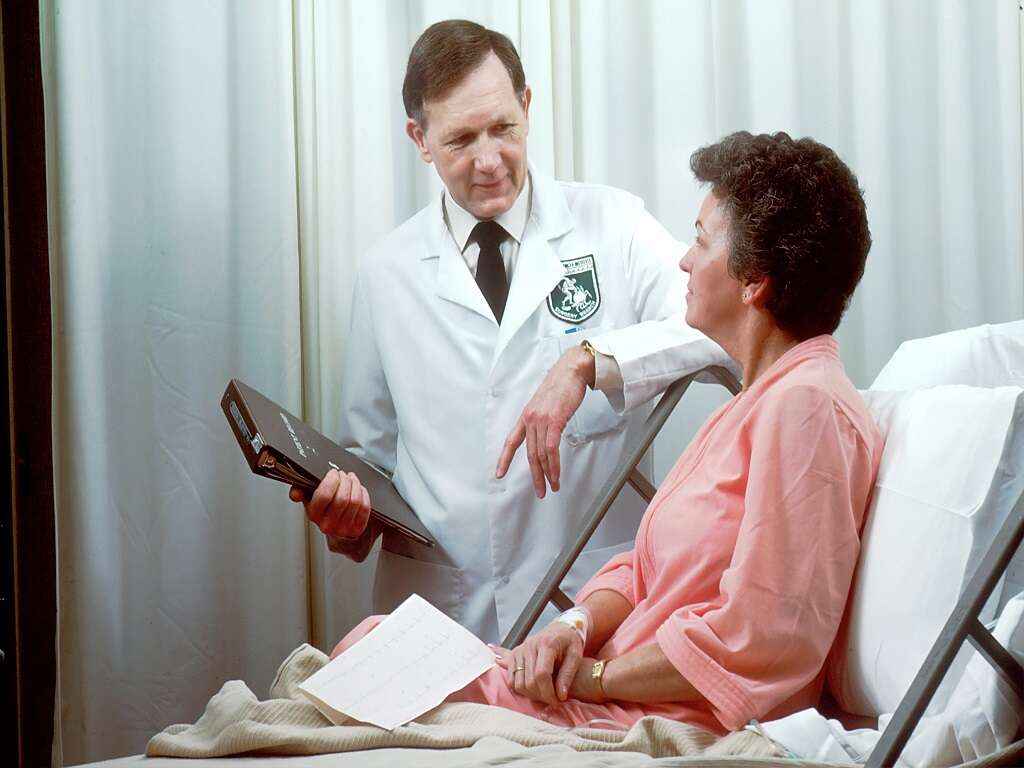What Is a Scabies Rash?
Developing a rash on the skin can seem innocuous at first. Everything from switching laundry detergent to getting a bug bite can lead to minor rashes and irritation. Still, there are times when a discoloration and itchiness of the skin can mean something more serious.
A scabies rash is such a condition because it is the result of the body dealing with a mite infestation. Learn more about scabies to understand how to spot the signs of infestation and find a suitable treatment.
1. What Causes Scabies?
The scabies mite is a microscopic arthropod that lives on the skin of several species of mammals. While humans make an excellent home to mites, animals such as domesticated cats and dogs, large apes, boars, and koalas are also susceptible to mite infestations. In humans, a mite affliction occurs due to prolonged skin-to-skin contact with others.
The more crowded the conditions, the easier someone with scabies can transfer the rash to another. According to statistics, scabies can impact people across all walks of life, social classes, and backgrounds. In many cases, developing a scabies rash comes down to being in the wrong place at the wrong time rather than any personal hygiene habits.
2. How Soon After Infestation Do Symptoms Appear?
How soon symptoms of scabies appear after the mites begin to invade the skin will depend on the individual. Someone who has never come in contact with scabies mites before will not start to show or feel serious symptoms of the rash until somewhere between four and six weeks after contact.
It is important to note, however, that it is still entirely possible to transmit scabies to others before symptoms appear. This is how the infestation is able to spread fast since many people are not aware they are passing the mites around until it is too late.
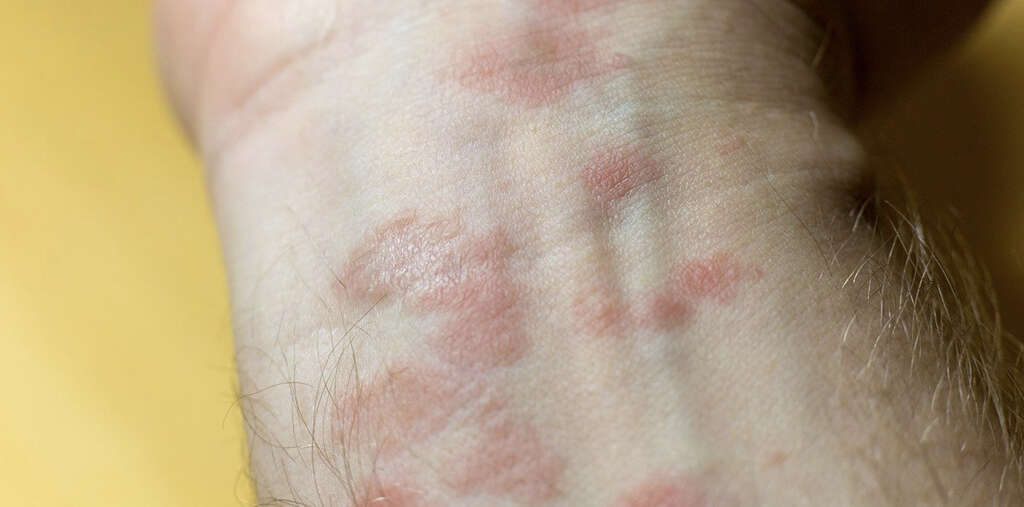
3. What Are the Symptoms of Scabies?
As with many ailments of the skin, signs of scabies are easy to notice as they persist. About four weeks after the infestation has occurred, the person afflicted is likely to experience an itching sensation. Usually, this itchiness is at its worst when the sun has set and can continue to worsen into the night.
A scabies rash will also appear in the affected area, which will have a distinct redness to it. The more a person scratches the rash, the more likely it is to develop sores. In severe cases, thick crusts may appear around the sores. This can be more irritating than the standard rash and leads to pain when scratching.
4. Does Scabies Impact a Specific Area of the Body?
There are particular spots on the body that scabies mites tend to prefer. While it is entirely possible to develop a rash anywhere, certain areas offer better conditions for the mites to thrive. If you develop a rash in one of these spots, be sure to check other “hotbed” parts of the body to guarantee your infestation is isolated.
The areas most likely to be infested include the armpits, near the waist, the soles of the feet, between fingers, and around the genitals. These places all provide ideal environments for the mites to lay eggs and offer slight protection and cover.
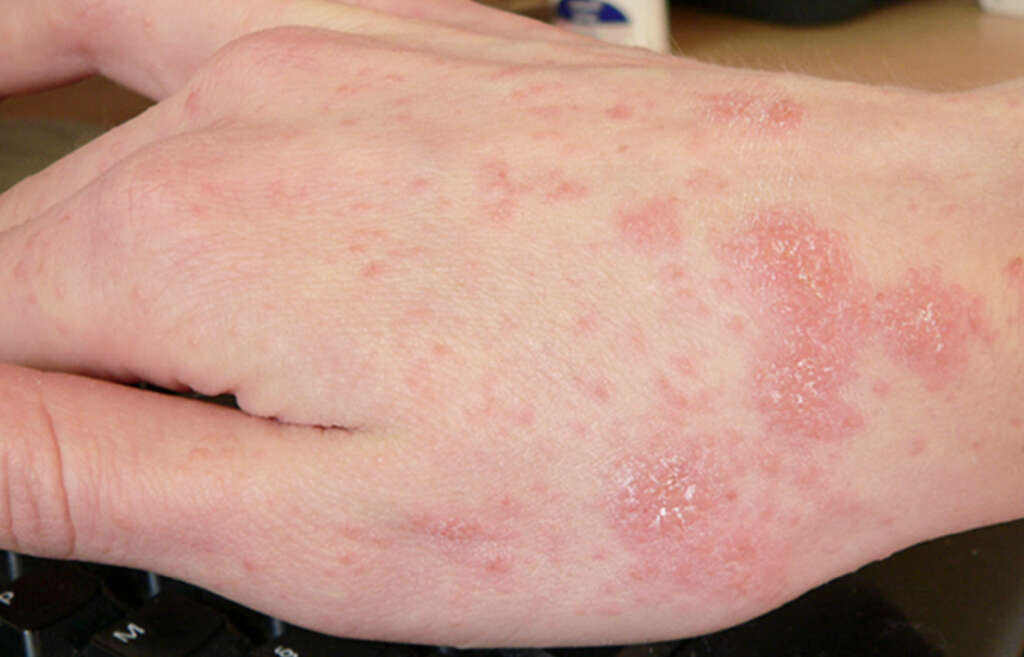
5. Do Children Experience Scabies the Same as Adults?
It is possible for adults and children alike to develop a scabies rash. While the symptoms and general areas of impact are the same, there are minor differences to note. Primarily, infants and small babies are more likely to have a rash on their scalps and palms.
Since little children are not able to express their discomfort as directly as adults, parents should stay mindful of any strange red spots that develop on the head, hands, and feet. Babies are usually passed around from one adult to the next, making a scabies infestation easy to contract.
6. Can Scabies Spread Around the Body?
When left untreated, scabies mites will begin to proliferate over the body. This is actually part of the reproduction process of the mites. The irritation of the rash is caused when mites burrow into the top layer of the skin to bury their eggs until it is time for them to hatch.
Once the larvae emerge, they fan out to new areas where they can grow to maturity and find a suitable place to lay their own eggs. By ignoring the symptoms of scabies, a person can easily spread the outbreak around his or her entire body in as little as a few months.
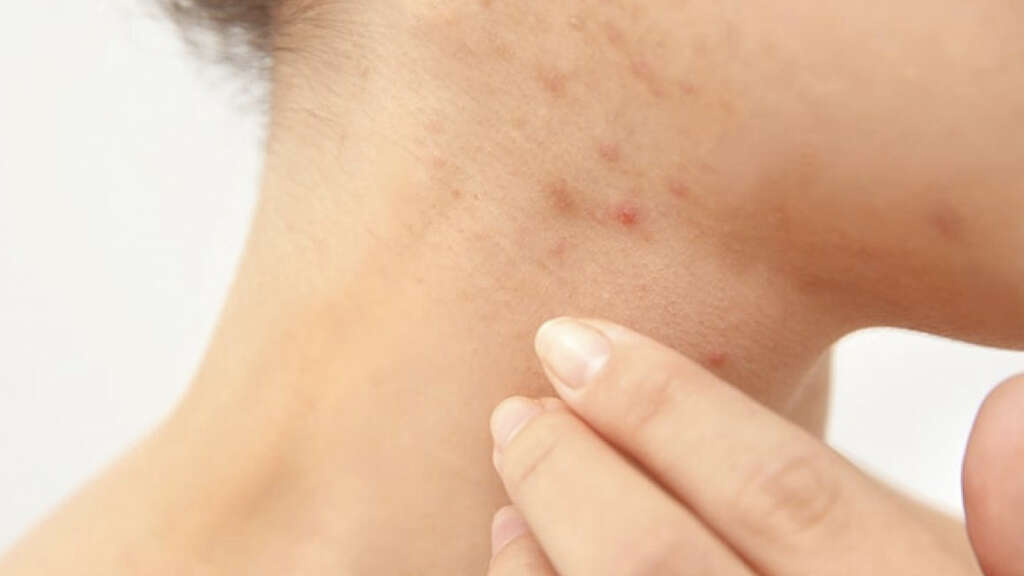
7. Does Scabies Cause Additional Health Problems?
While the scabies rash is irritating in and of itself, leaving the condition untreated can lead to additional health concerns. The more you scratch at the rash, the more likely it is that you will cause a break in your skin. This wound is then susceptible to a number of bacterial infections that can cause further harm.
Whether you’re dealing with bug bites or a serious rash, it is never wise to scratch the skin. All it takes is a piece of dirt under your fingernail to get into a wound created while scratching, and you could develop a staph infection or other problems.
8. What Is Norwegian Scabies?
Scabies itself is a relatively low-risk ailment and can be treated with ease. However, a particular kind of scabies can be difficult to deal with. Norwegian scabies tends to impact the elderly and people with compromised or weakened immune systems. With this rash, the skin develops crusts that harden and become scale-like in appearance.
Treating Norwegian scabies is much more difficult than handling a traditional mite infestation. The average scabies invasion includes about a dozen mites. Crusted Norwegian scabies usually sees the mites number in the millions, making it harder to control.
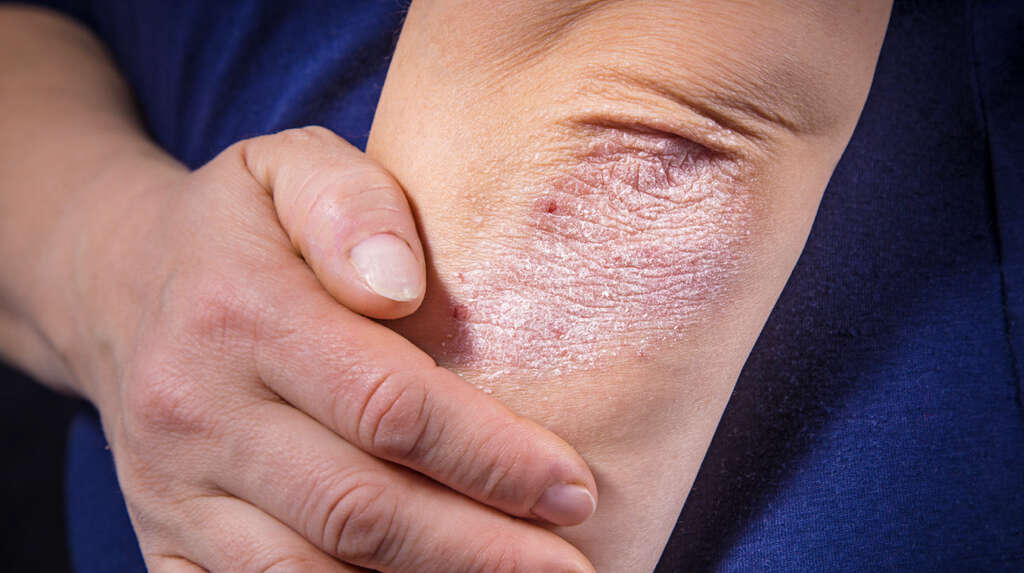
9. How Is Scabies Treated?
The main goal of scabies treatment is the removal of the mites that are causing the infestation. Your primary care physician or dermatologist can assess the severity of the rash and provide a topical solution to clear the mites.
It is common for doctors to recommend that all members of the household undergo treatment at the same time. Even if your housemates or family members show no signs of a rash, the mites can spread easily and remain undetected for long stretches. This precautionary step helps immensely.
10. Can Scabies Be Prevented?
If you want to reduce the odds of developing scabies again after the initial infestation clears up, there are a few easy steps to take. Make sure all clothing, linens, and fabrics in your home have been properly cleaned.
Some professionals also suggest putting all clothing in plastic bags and leaving them in a controlled environment for a few weeks. This can starve any lingering mites and keep your home safe. Taking precautionary steps after your rash has cleared can help avoid dealing with scabies mites in the future.



